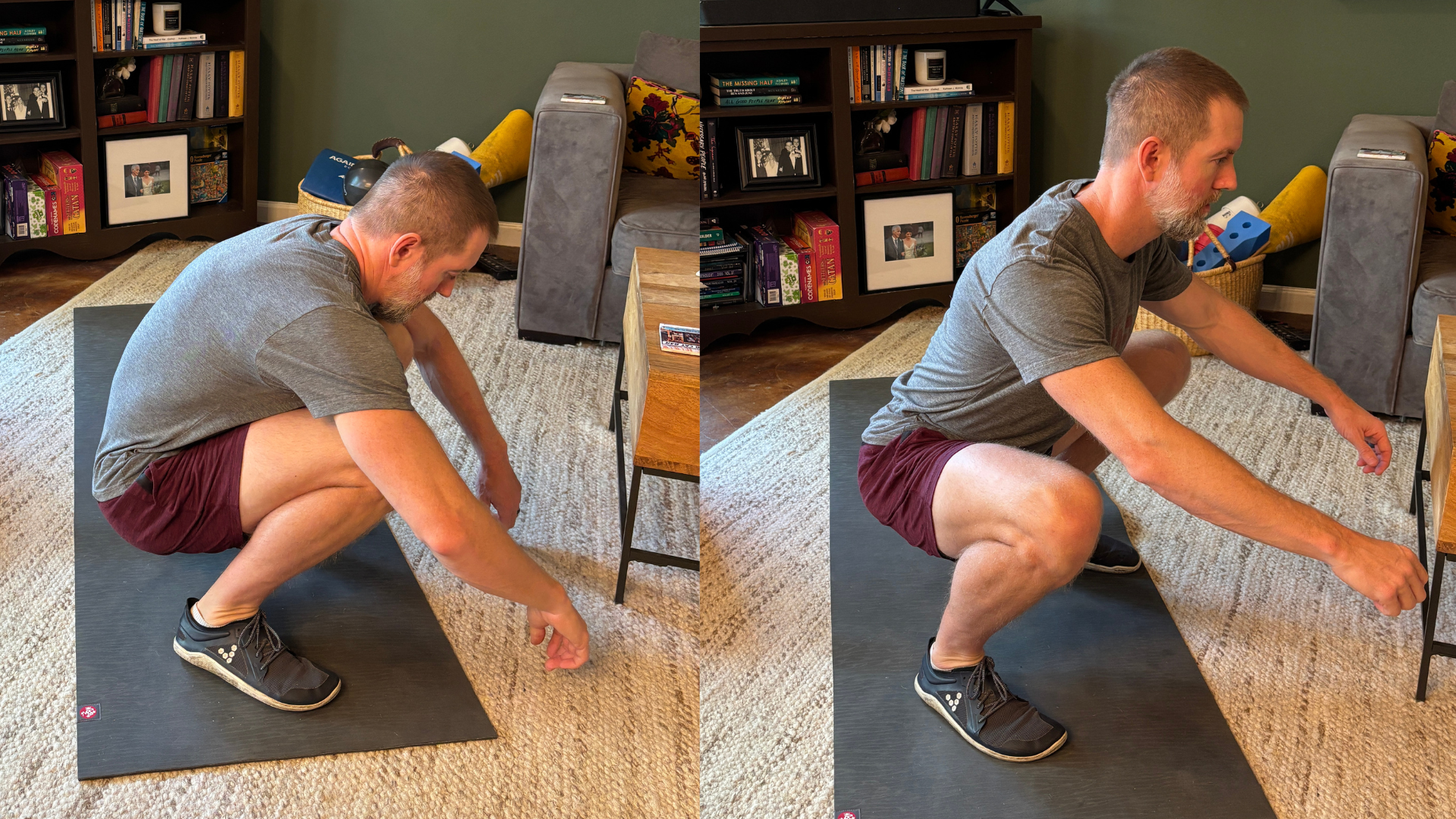Non-Exercise Activity Thermogenesis (NEAT)
Written By Kelly Dodds
Non-exercise activity thermogenesis (NEAT) is the energy we burn throughout our day that is not attributed to sleeping, eating, or exercise activity. It ranges from the energy we use while sitting upright, fidgeting, talking on the phone, typing, cooking dinner, pumping gas, walking to work, or doing yard work. Our total daily energy expenditure can be broken down into our basal metabolic rate (BMR- the minimum energy we use to exist with minimal movement, like when we sleep), thermic effect of food (TEF- the energy required to eat and digest food), exercise activity (EA- the energy expended while performing intentional exercise activity, it’s recommended to get a minimum of 150 minutes of vigorous activity per week), and NEAT– which accounts for the calories we burn from movement during the 12+ hours of our awake time that we aren’t eating, exercising, or laying down.
NEAT can vary quite a bit between individuals. Some people have jobs that require them to be very active all day or have a lower body fat set point which drives more fidgeting and burned energy through body heat, so they will have much higher NEAT energy expenditures than people who have sedentary desk jobs, are sitting for 10 hours per day, and have higher body fat set points– this variance can be as much as a 2,000 calorie difference between individuals of similar size per day. Therefore, instilling some habits to lower your body fat set point and increase NEAT (activity outside of your routine gym time) can have a huge impact on your metabolic rate and improve your overall health.
Many of us have step trackers on our watch or phone that can motivate us to increase our NEAT by counting the amount of steps we accumulate during our day. Research studies have shown that people who get 8,000-10,000+ steps per day have better health than those who get less than 8,000 daily steps, with a 60% lower risk of disease and mortality. Additionally, studies show that people who take walks after meals have reduced blood glucose levels. Taking more daily steps, especially adding a walk after a meal, is a great way to improve your metabolism by adding more NEAT into your day.
Other ways to increase NEAT include: ride a bike to get around, park within a half mile of a destination and walk the rest of the way, take the stairs instead of the elevator, take 5-10 minute breaks to move around throughout your sedentary work day, quick little workout snacks, gardening, cook instead of getting take out, cleaning, organize closets/drawers, find active social activities to do with friends or to meet new friends, stand up while you’re scrolling on social media, shop in person versus online shopping, pace while talking on the phone, use a standing desk or sit on a yoga ball while working on a computer, organize walking meetings at work, try fidgeting more, play with your dog, dance, do mobility exercises in front of the TV, replace some sedentary screen time with a hobby that requires movement, or volunteer for a charity event.
Take Action:
Pay attention to (or buy) a pedometer to see how many steps you are getting daily, then aim for 8,000+ steps each day.
Identify 3 non-exercise activities you do not currently do, but you could easily implement into your current lifestyle, like 10min walks after meals or a 1min workout snack.
For the month of September, track your steps AND/OR the time you spend implementing these new active behaviors into your day/week.
Note: 10 minute walks are an easy way to get extra steps. Walks are a great way to get morning sunlight to help regulate your circadian rhythm, get vitamin D from sunlight exposure, and lower your blood glucose levels after a meal.
Make these activities into habits that continue for years









